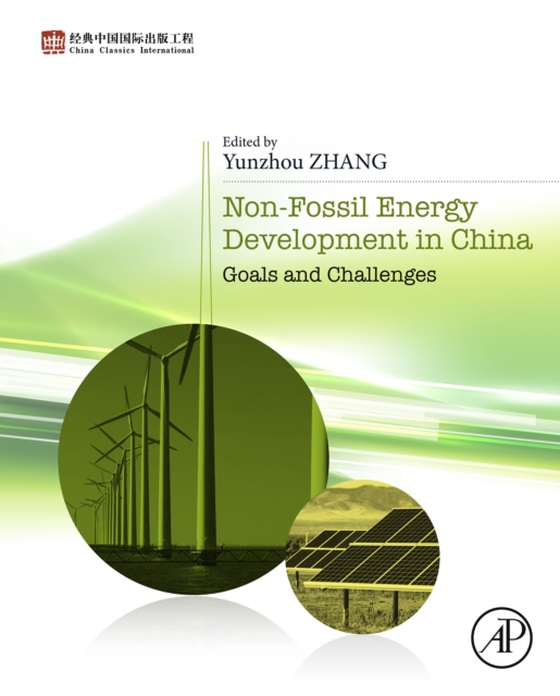
Non-Fossil Energy Development in China e-bog
802,25 DKK
(inkl. moms 1002,81 DKK)
Nonfossil Energy Development in China: Goals and Challenges explores the development of non-fossil energy sources, which is very important for China to protect its energy supply, deal with climate change and adjust its energy structure. At present, the development of energy and electricity is undergoing profound change. The core and most prominent feature is the sudden emergence of clean energy...
E-bog
802,25 DKK
Forlag
Academic Press
Udgivet
27 november 2018
Længde
333 sider
Genrer
Energy technology and engineering
Sprog
English
Format
epub
Beskyttelse
LCP
ISBN
9780128131077
Nonfossil Energy Development in China: Goals and Challenges explores the development of non-fossil energy sources, which is very important for China to protect its energy supply, deal with climate change and adjust its energy structure. At present, the development of energy and electricity is undergoing profound change. The core and most prominent feature is the sudden emergence of clean energy, exerting a decisive influence on the future energy industry. Due to history and resource limitation, a series of problems in the energy development of China have existed for a long time, such as poor energy structure, serious environmental pollution, large carbon emissions, low energy efficiency, regional supply and demand imbalances. The Chinese government has set the development goal for nonfossil energy to 15% in primary energy consumption in 2020. The connotation and interpretation of the goal, possible development scenarios, feasible implementation paths, and corresponding benefit costs are all the major issues this book explains in detail and demonstrates by models. Demonstrates how to safely, economically and efficiently meet the Chinese government's energy development target for non-fossil energy Analyzes energy development scenarios by using the energy demand and supply model, electricity demand forecasting model and power system optimization planning models Focuses on practical problems and algorithms
 Dansk
Dansk

